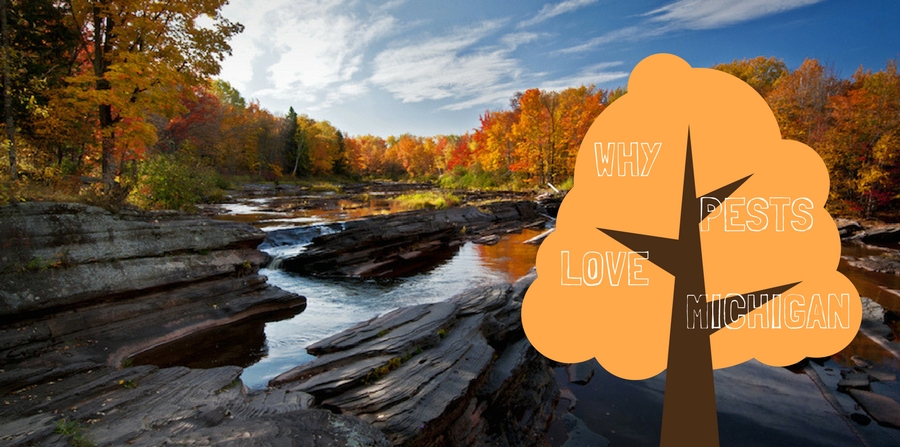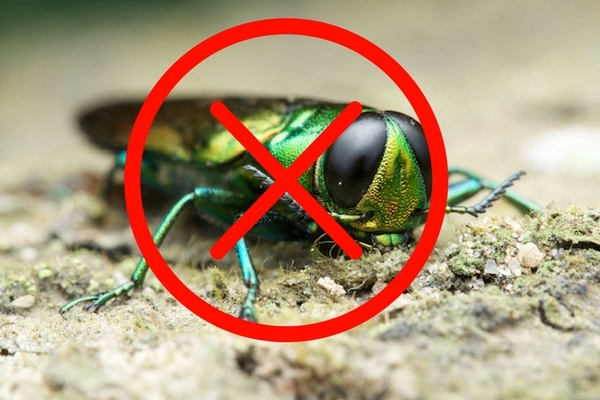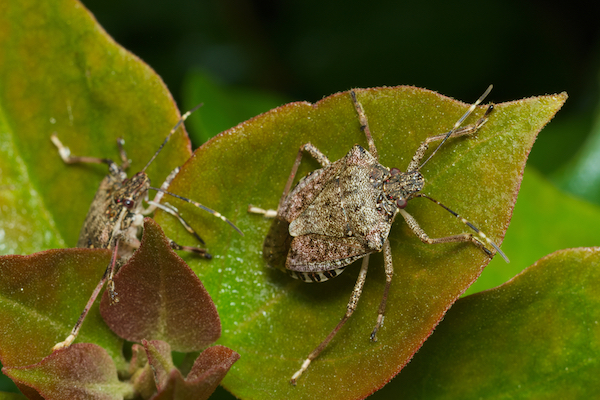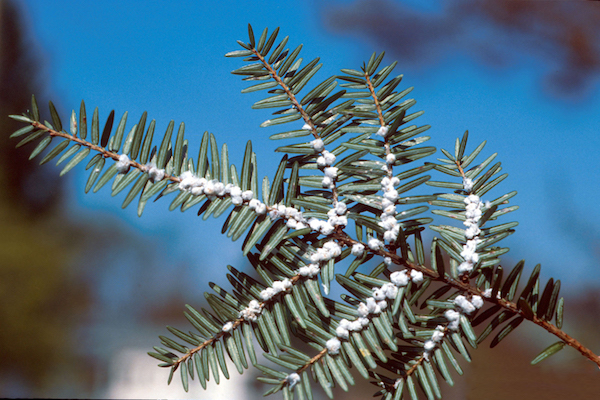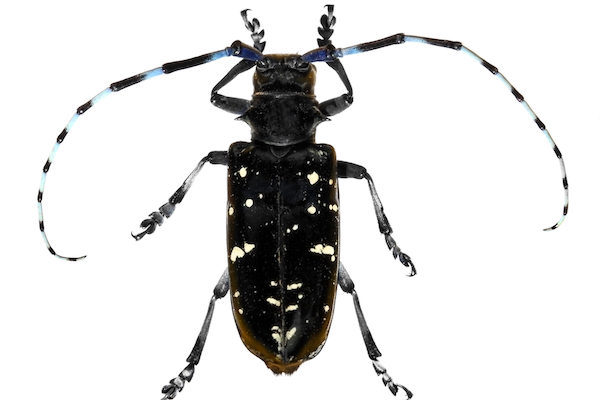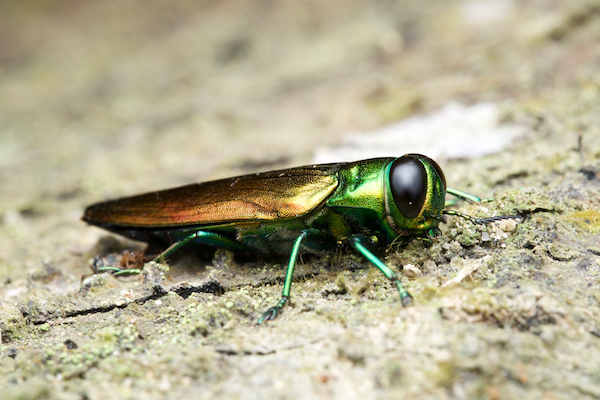Griffin Pest Control has served Michigan since 1929, and since then we’ve been kept the same pests out of homes and businesses every single year. What is it about Michigan that keeps pests like these coming back? What do they find here that they can’t get anywhere else?
Like all animals, pests adapt to survive and thrive in their environments. The pests of Michigan keep coming back because they’re literally built to get everything they need from our environment. Understanding what common pests like these need to survive can help you learn how to deprive them of it. Then, they’ll go elsewhere for food and shelter.
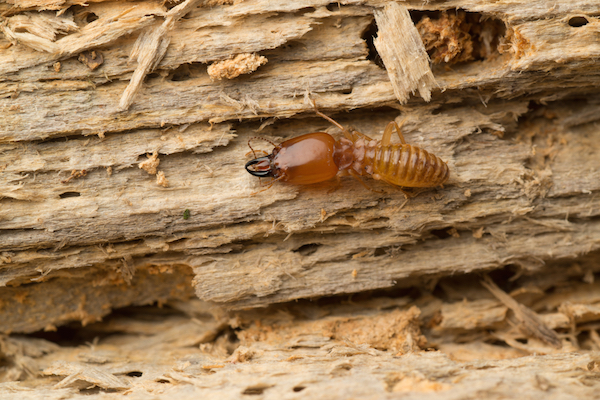
Termites
The state of Michigan is 36 million acres of land. 20 of the 36 million acres of this land are considered forest. That means Michigan is one of the most heavily forested states in the country. 8 million acres of this forest is owned and protected by the government, meaning it hasn’t been developed or harvested. It’s the largest state forest system in the country, with three national forests, three national parks, two national wildlife refuges, and 2 million acres of open hunting and fishing land.
What does all that add up to? Trees. About 11.4 billion of them. As you’re probably all-too-aware, termites eat wood. Especially natural, growing or rotting wood. Michigan’s abundant and protected forests are a paradise for hungry termites, and unfortunately, so are any nearby homes.
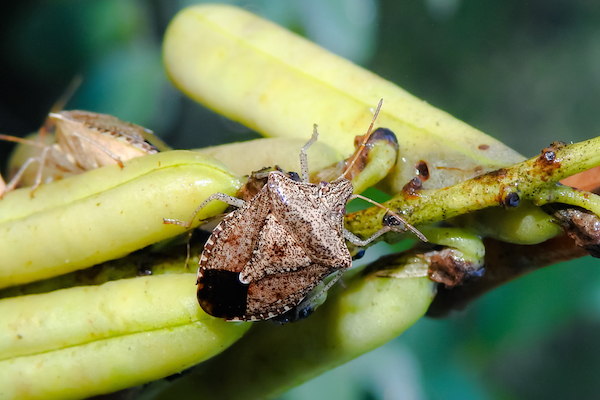
Stink Bugs
Like we covered last month, stink bugs are relatively new to Michigan, but we’re included them because they’ve quickly become a problem. The main problem species is the brown marmorated stink bug. This species is native to Asia and considered invasive in the US. It was first discovered in Michigan in 2010 in Berrien County. Stink bugs are notoriously good at proliferating by hitching rides with travelers by stowing away in luggage, bags, cars, or even clothes.
Stink bugs feed primarily on vegetable, fruit, nut, and legume crops, so they’re a big problem for Michigan farmers. While they aren’t nearly unique to Michigan, our climate, farms, and ecological diversity make the state a perfect environment for stink bugs to stink up.
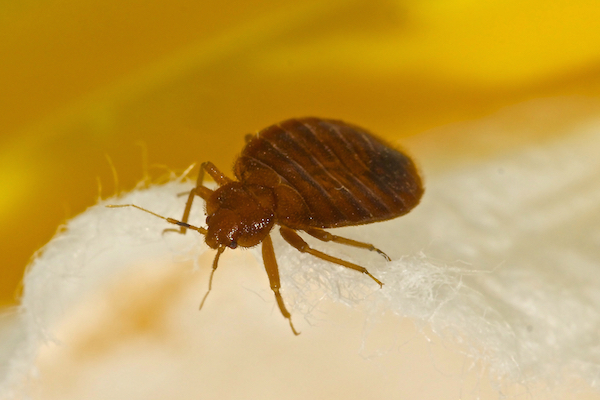
Bed Bugs
Bed bugs become a problem for any area that has a highly mobile populace, an older urban infrastructure, and/or a rural and urban areas in relatively close proximity. Michigan, like many states in America, has all of these. Bed bugs are even better at hitching rides with unsuspecting travellers than even stink bugs.
As people travel into and out of Detroit and Michigan’s other major cities, they often end up carrying bed bugs in and out, too. Once they make it to the big city, bed bugs find their way into buildings by exploiting the sorts of cracks and crevices that naturally show up in older buildings. Worst of all, bed bugs can be really difficult to get rid of, because they lay tiny eggs in great numbers and reproduce quickly. A lot of the bed bugs in Detroit have been living there for hundreds of generations.
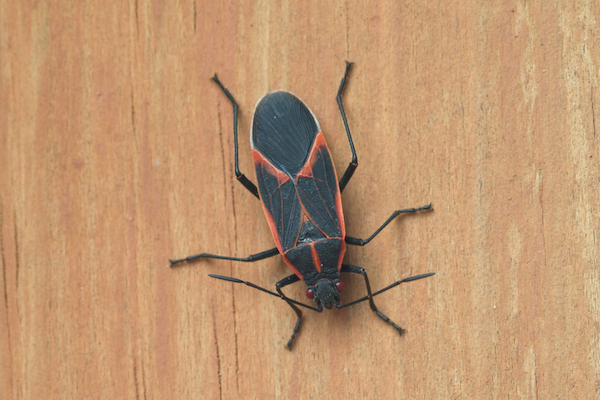
Boxelder Bugs
For boxelder bugs, the motivation is right in the name. This species of true bug (boxelder bugs are not a beetle, contrary to popular belief) feed almost exclusively on acer tree species like boxelder trees, along with maple and ash trees.
As you may have guessed, Michigan has a lot of acer trees. Unlike a lot of pests, boxelders need to hibernate in the winter. Boxelder swarms happen in Michigan around fall for two reasons: one, the eggs adult boxelders hatch on acer trees hatch. Two, because boxelders need to find shelter to get through the winter. Michigan winters get cold and come fast, so boxelders get desperate, and you see a lot of them around your house.
Every region in the world has its own ecosystem and its own unique set of pest problems. At least the pest problems we have generally come about because of how pretty and well-preserved our state is! If you have an infestation, however, chances are you’re not thinking too much about how beautiful Michigan’s forests are.
Luckily, Michigan also has us: one of the best pest control companies in the country. The next time you have a pest problem, no matter how minor or severe, give us a call today.

